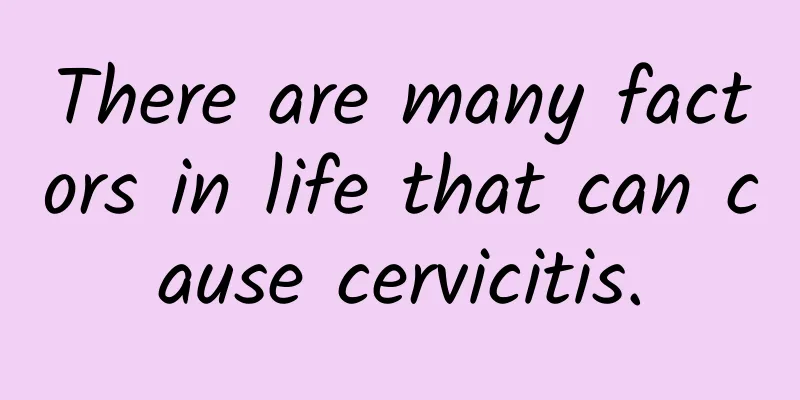10 smart fruits and vegetables to help you lose weight and improve your memory

|
Primary school students are overweight, and there are many "little fat kids" running around the streets. What's wrong with their diet? According to the latest survey and national nutrition investigation conducted by the Tung Foundation, elementary school children do not like nutritious foods such as fruits and vegetables. Instead, they prefer high-sugar, high-fat, and high-calorie foods. These foods are not only prone to constipation and related diseases such as colorectal cancer, but their learning performance is also 2 to 4.8 times lower than that of children who generally consume a healthy diet! Eating enough fruits and vegetables can not only help digestion and gastrointestinal motility, but also help children's brain development and memory. According to the 2015 National Food Intake Database, the daily vegetable and fruit intake of elementary school children in Taiwan is only 223.66 grams (about 2 servings) of vegetables, and only 106.94 grams of fruit. Both are lower than the recommended daily dietary intake for elementary school children in grades 1 to 6, which is 3 to 4 servings of vegetables and fruits each. The fiber intake is clearly insufficient. Eating enough fruits and vegetables can help children's brain development and memory Fruits and vegetables are rich in dietary fiber, vitamin C and a variety of phytochemicals. Eating enough fruits and vegetables can not only help digestion and gastrointestinal motility, but also help children's brain development and memory. As for a high-fiber diet, it can promote the production of short-chain fatty acids and inhibit the growth of bad bacteria in the intestines. Insufficient good bacteria in the intestines can also easily lead to problems. Xu Huiyu, director of the Food Nutrition Group of the Tung Foundation, pointed out that according to a foreign report investigating the number of good bacteria in the intestines of primary school children in Japan, China, Taiwan, Thailand, and Indonesia, it was found that although Taiwan ranked in the middle class, compared with Japan, which has the largest number of good bacteria, its intestines only have one-third of the amount of Japanese students, while the number of bad bacteria is 15 to 30 times higher than that of Japanese students. The Tung Foundation calls for the best way to consume fruits and vegetables to remember to eat all colors of fruits and vegetables, especially dark green vegetables. It also proposes 10 kinds of "Top 10 Smart Fruits and Vegetables" that help memory and brain development, including: grapefruit, citrus, kiwi, banana, grapes, broccoli, blueberries and strawberries, spinach, tomatoes, and apples. It recommends that children consume more of them to take into account brain development and balanced nutrition. Artist Alyssa Chia also strongly supports the spirit of from farm to table. Happy mom Alyssa Chia has transformed herself into a health ambassador, calling for attention to the correct dietary education concepts for children. From farm to table, the Healthy Children Global Project continues to advance In order to awaken children to the importance of consuming fruits and vegetables and to implement them into their daily eating habits, the "Healthy Kids Global Program" that continues to promote children's nutrition and health has entered its sixth year in Taiwan. This year, special emphasis is placed on the concept of "from farm to table," hoping that children can understand the origins of food, identify and consume truly nutritious food, and further appreciate and cherish food. Artist Alyssa Chia also strongly supports the spirit of "from farm to table", and actually went to Zhuangwei Elementary School in Yilan to participate in food education courses with the children. She went to the farm to dig soil with the children to plant lettuce and harvest herbs. At the same time, she also kneaded the dough with the children, using the most natural ingredients from the farm as ingredients, and experienced the kiln-baked pumpkin pizza firsthand. We also worked with the children to harvest fresh mint, stevia and lemon balm to make healthy, delicious and worry-free herbal tea. Assistant Professor Wang Songyuan from the Department of Food Nutrition and Health Biotechnology at Shih Chien University led six students, including Cai Qiaolin, Zhang Shuyu, Wu Xuanhui, Chen Ziying, Cheng Yunqun, and Li Peiru, to demonstrate a creative feast. Different from the traditional method, no cream is used as the sauce for smearing turkey, and no meat sauce or cranberry sauce is used as the dipping sauce. Instead, refreshing lemon and orange are used as the sauce, which is not only non-greasy, but also can add fruity aroma and remove greasiness. The menu features a large amount of fruits and vegetables, so you can take in various nutrients while enjoying delicious food. |
<<: Eating persimmons incorrectly can hurt your stomach, don't touch these four landmines
>>: Adolescent girls are afraid of getting fat and skip breakfast. Doctors: It will hurt the stomach
Recommend
High-fiber fruits and vegetables help with bowel movements, healthy intestines and faster weight loss
The key to losing weight easily and not gaining w...
Is it easier to gain weight by eating homemade meals at home? It might be more effective to eat without TV!
Do you tend to chew every bite of food carefully ...
The mother who gained 40 kg during pregnancy and breastfeeding controlled her diet to lose weight
Many pregnant women worry about giving birth to p...
How to treat bleeding in female cervicitis? Three methods to easily deal with cervicitis bleeding
Bleeding from cervicitis can be treated with gene...
How to care after ectopic pregnancy surgery?
How to take care of an ectopic pregnancy after su...
Can patients with cervical warts have children?
Cervical warts are a contagious disease, so befor...
Does uterine fibroid surgery require curettage? Under what circumstances does uterine fibroid surgery require curettage?
As a gynecological disease, uterine fibroids have...
Can pelvic inflammatory disease be treated?
Can pelvic inflammatory disease be treated? Pelvi...
Experts explain the causes of cervicitis
If you have cervicitis, you should actively treat...
What are the early symptoms of ectopic pregnancy?
What are the early symptoms of ectopic pregnancy?...
Nursing plan for cervical precancerous lesions
What are the health care methods for cervical pre...
What is the difference between blood clots from medical abortion and blood clots from residual flow from medical abortion?
The blood and blood clots that flow out of a preg...
Neuroendocrine dysfunction is one of the causes of irregular menstruation
Many women have different degrees of menstrual ir...
Several common transmission routes of adnexitis
Adnexitis is a gynecological disease that can be ...
What are the dangers of uterine effusion during pregnancy
What are the hazards of uterine effusion to women...









